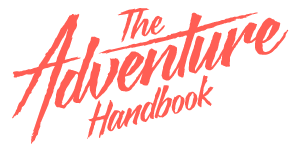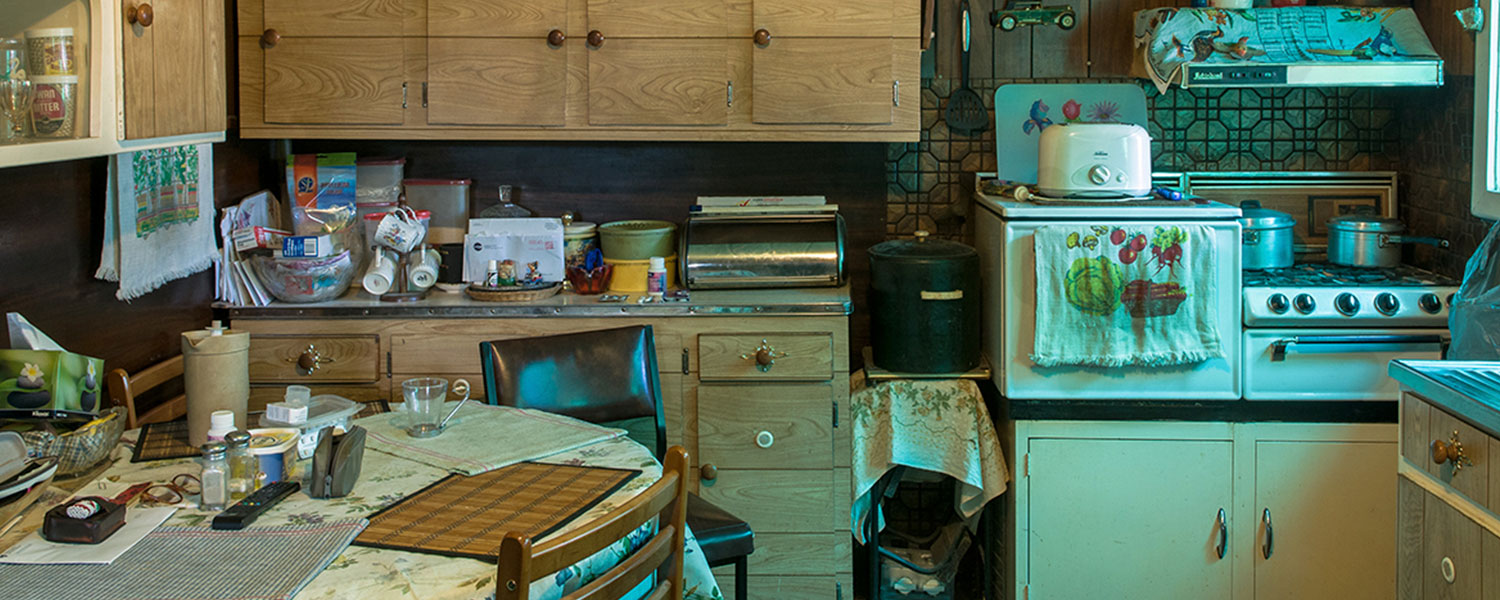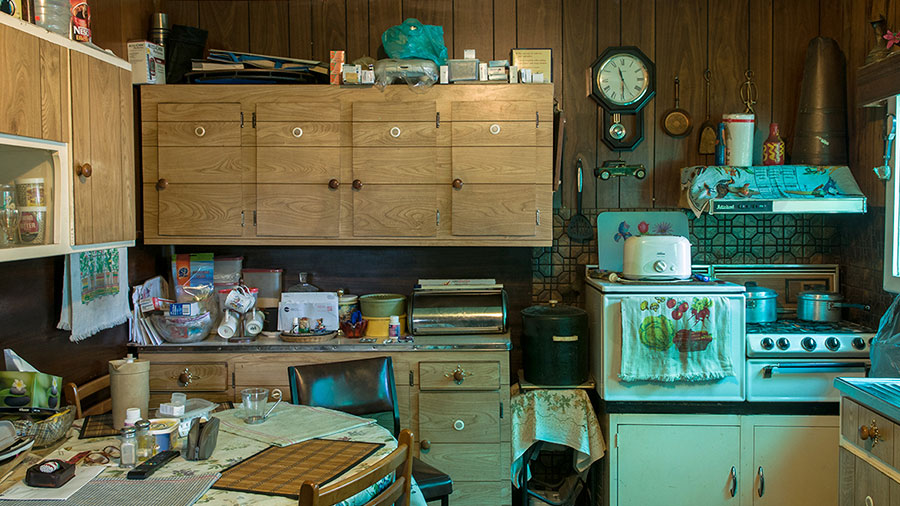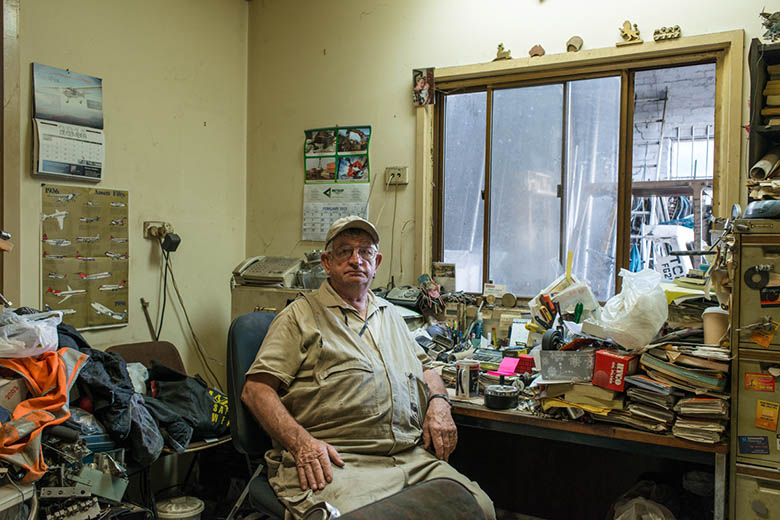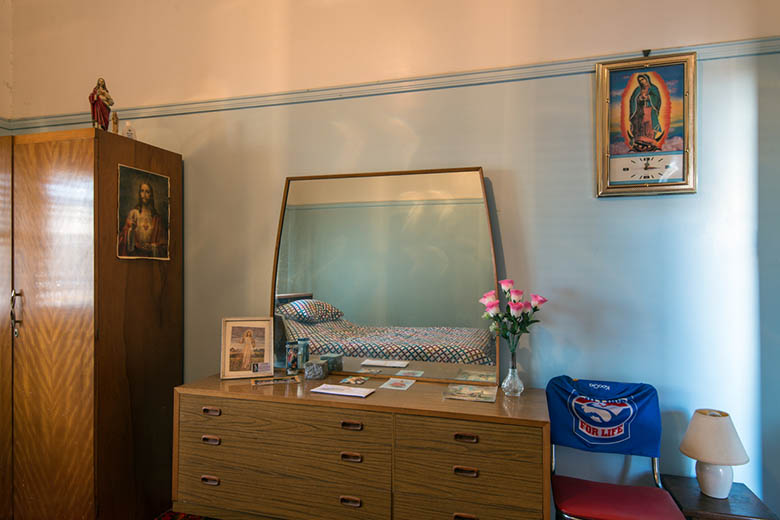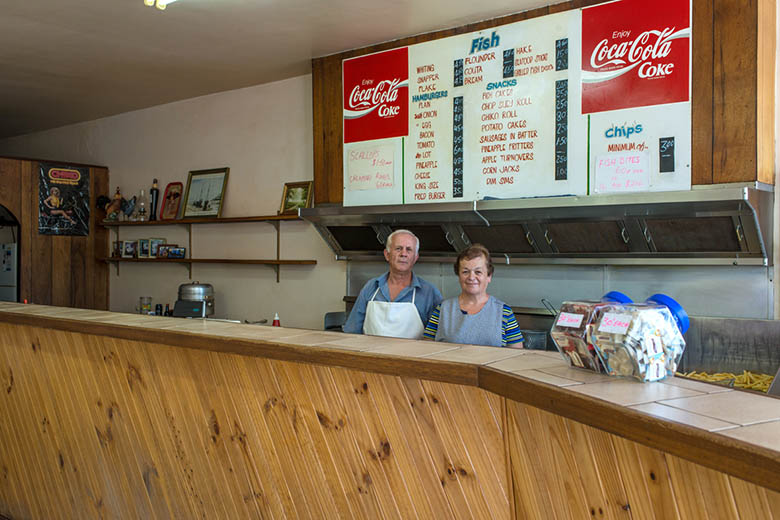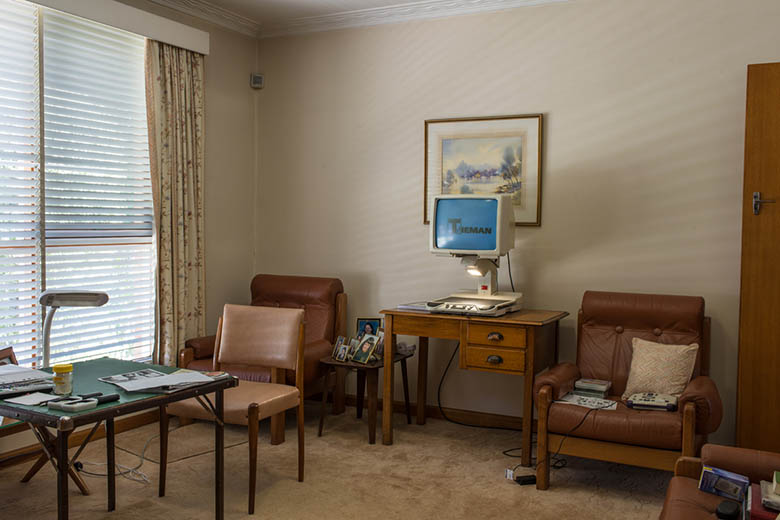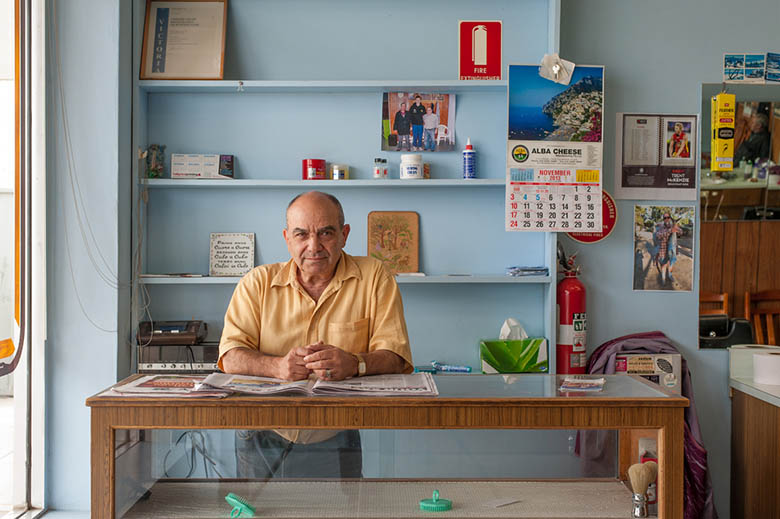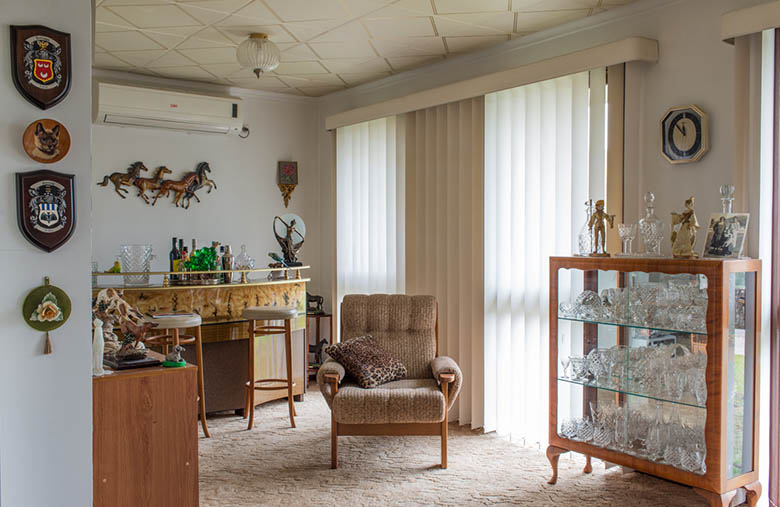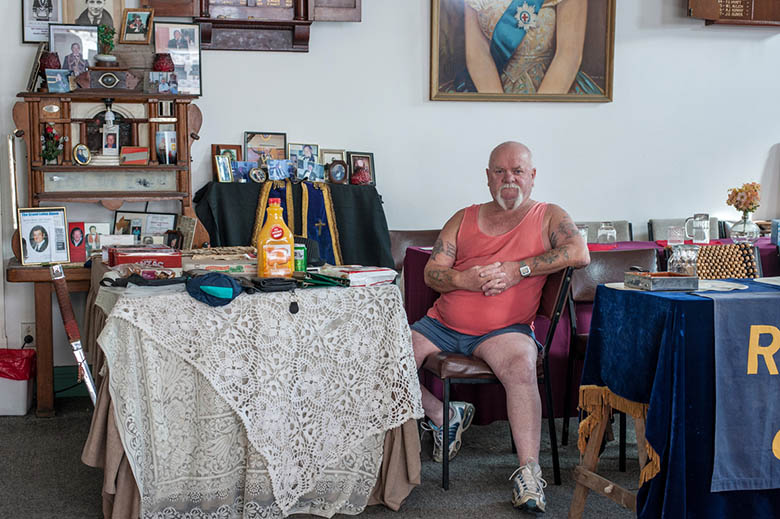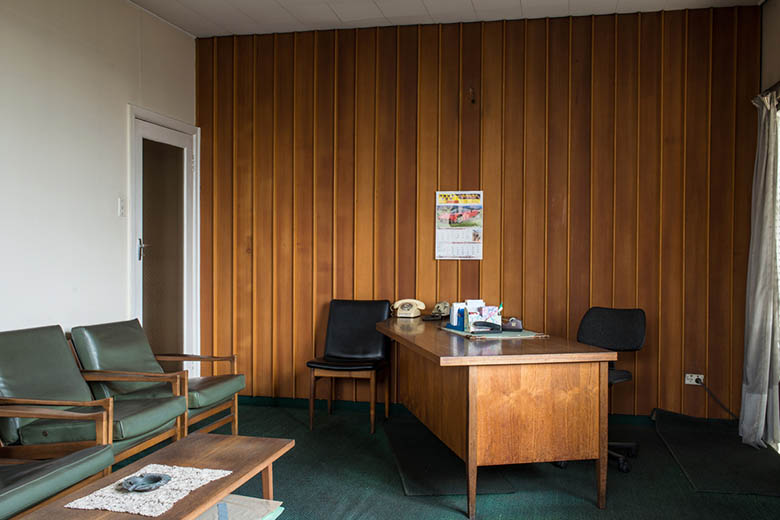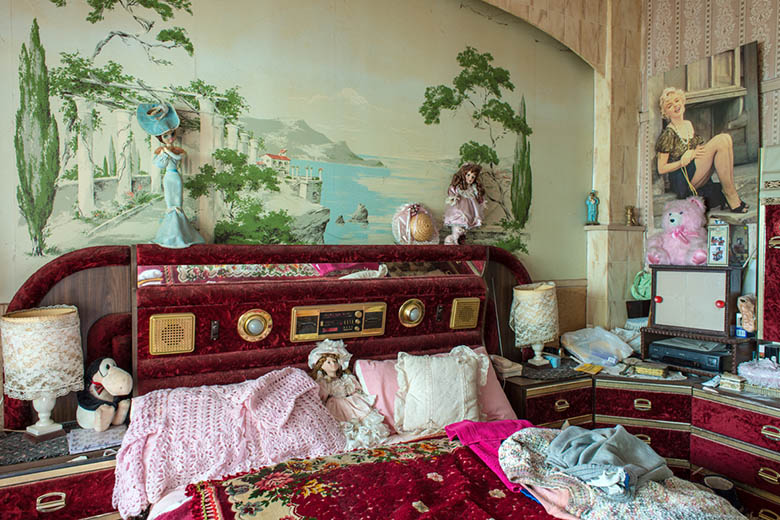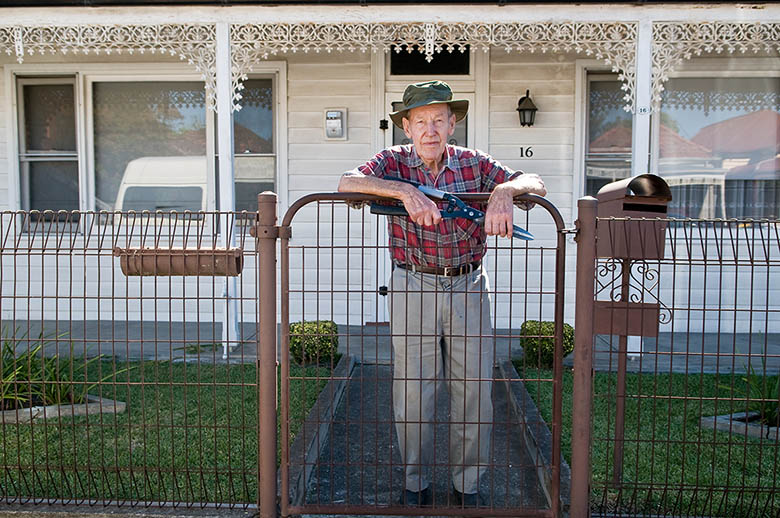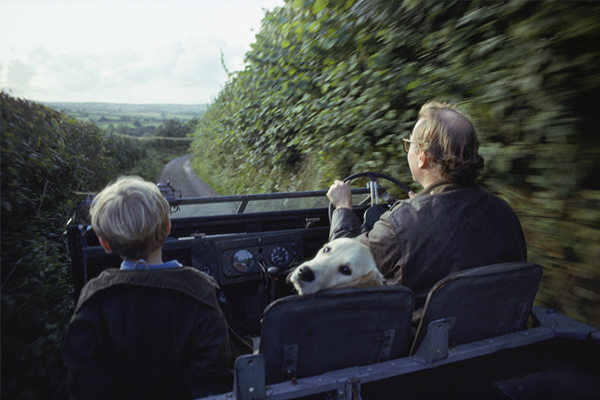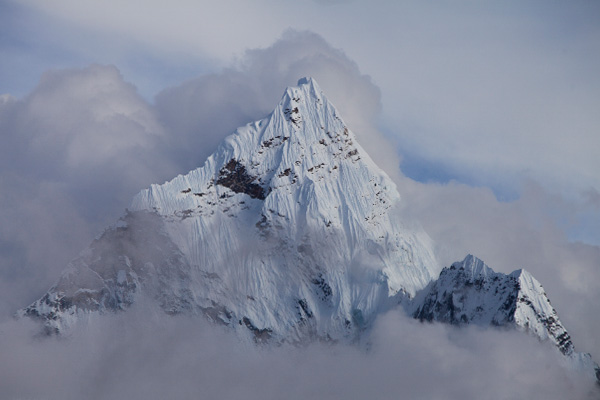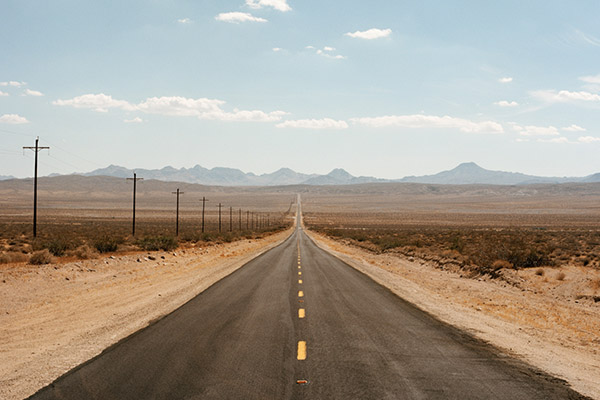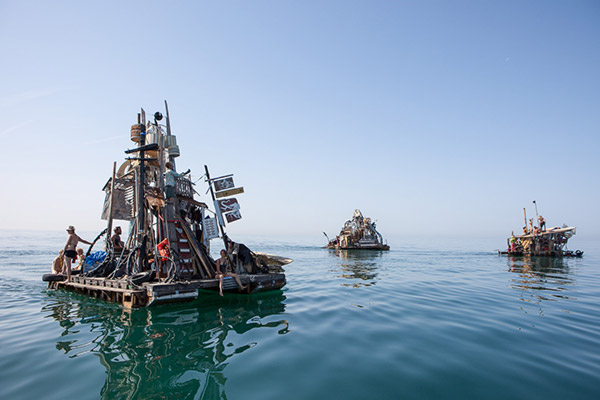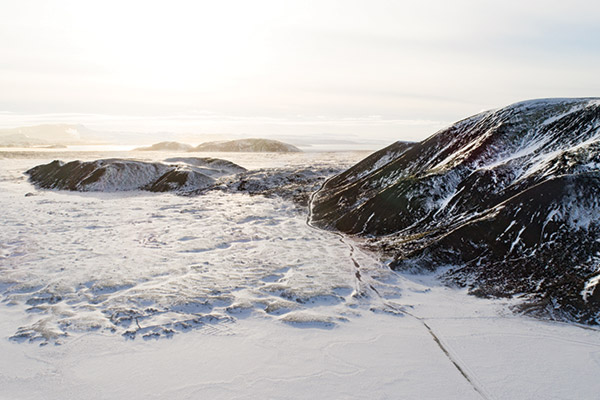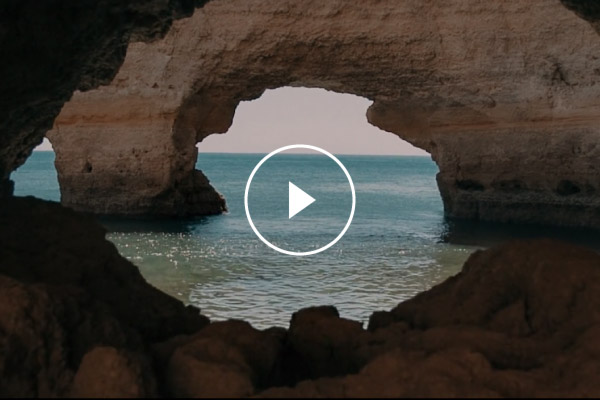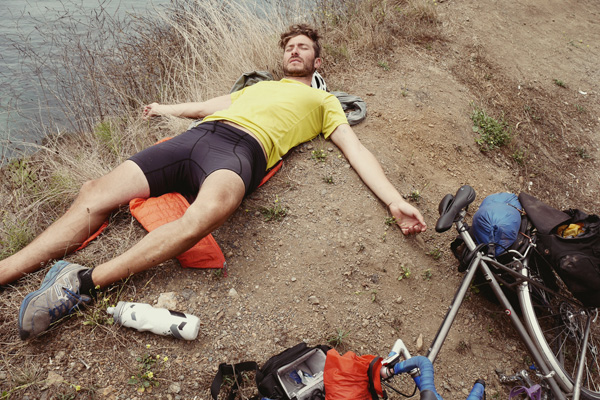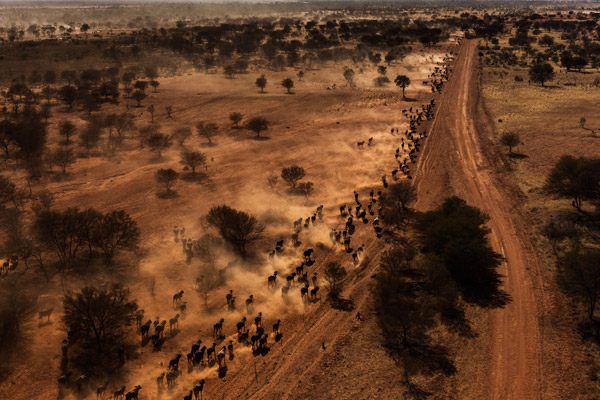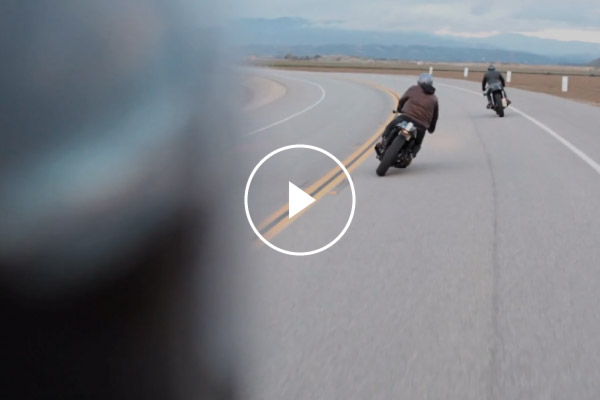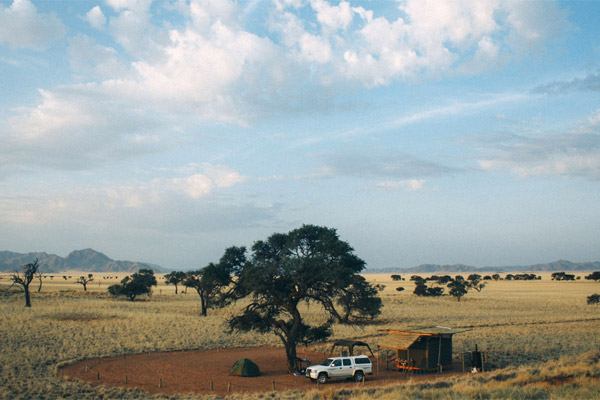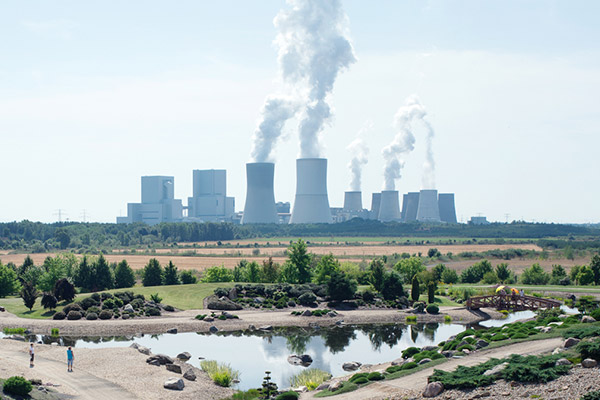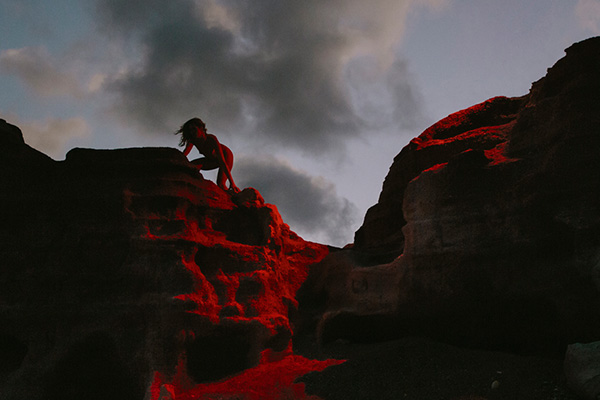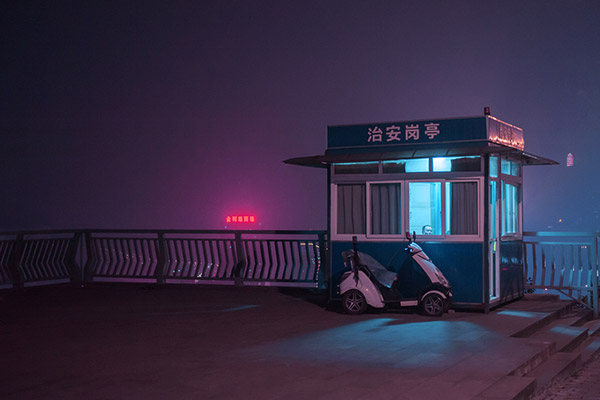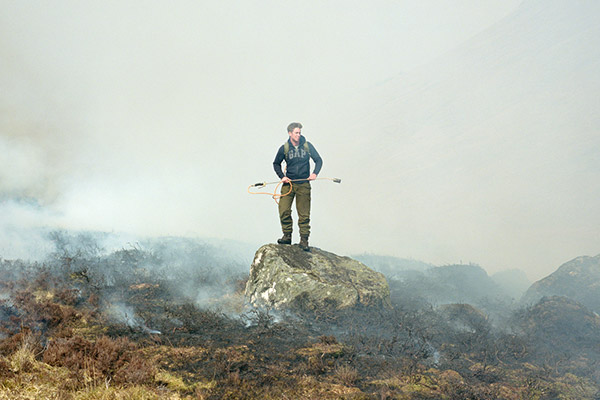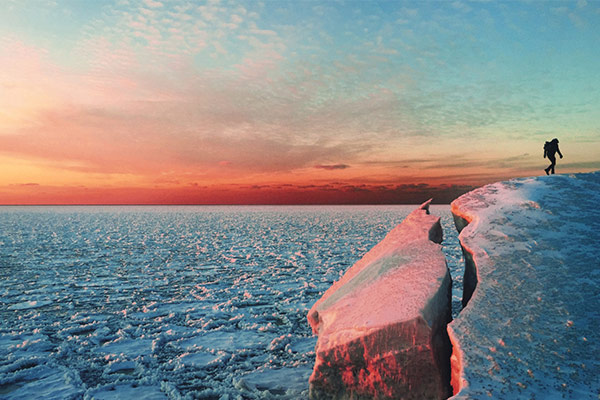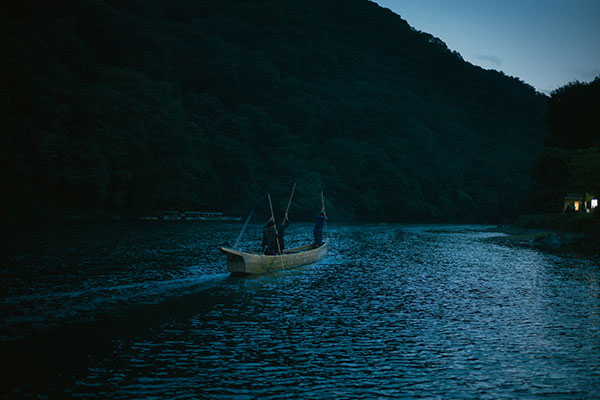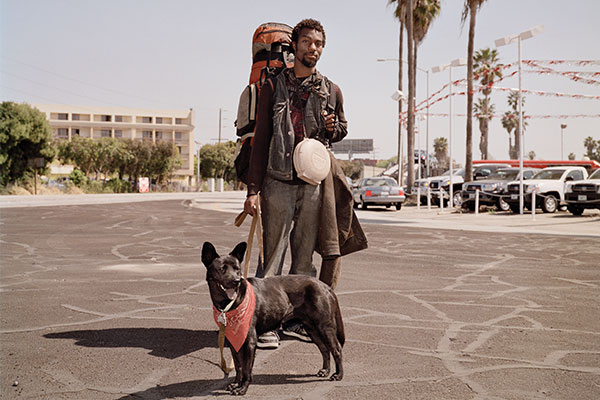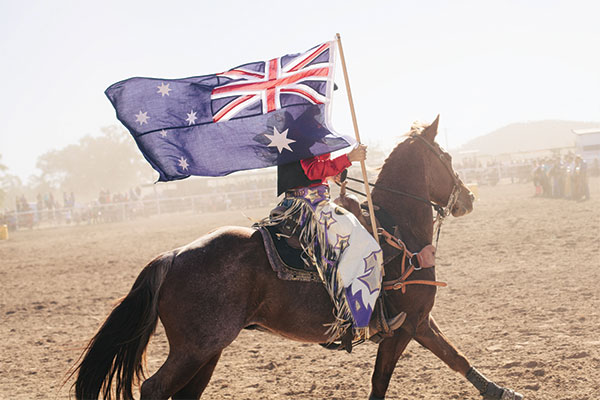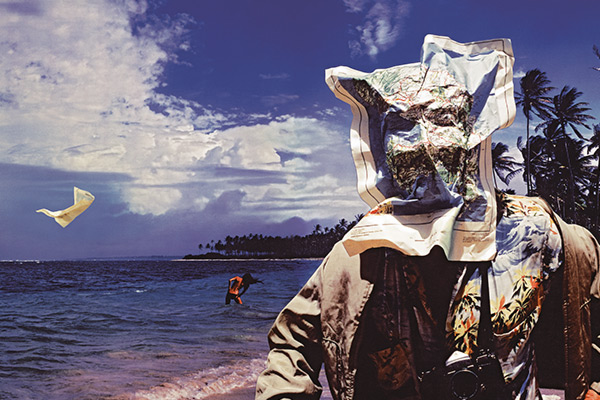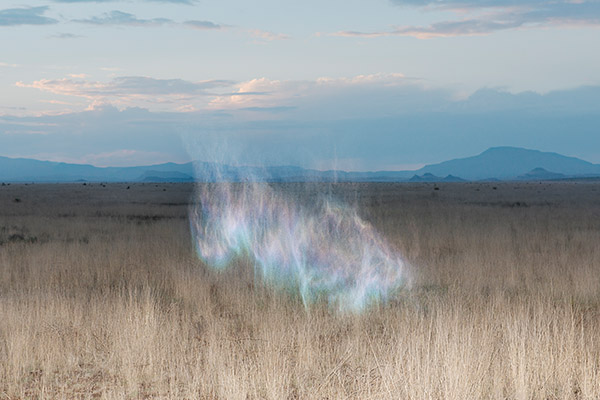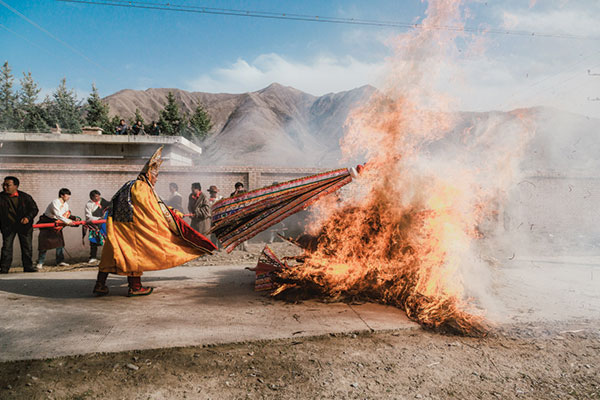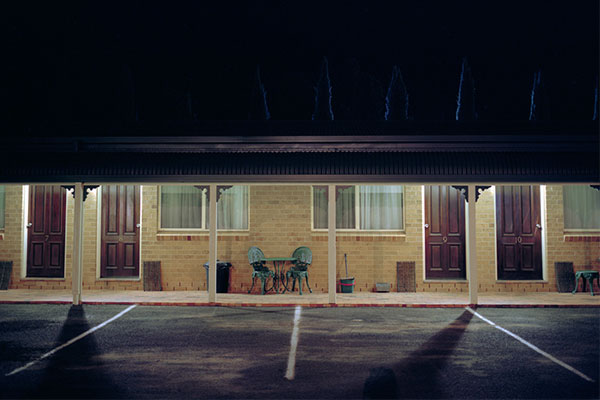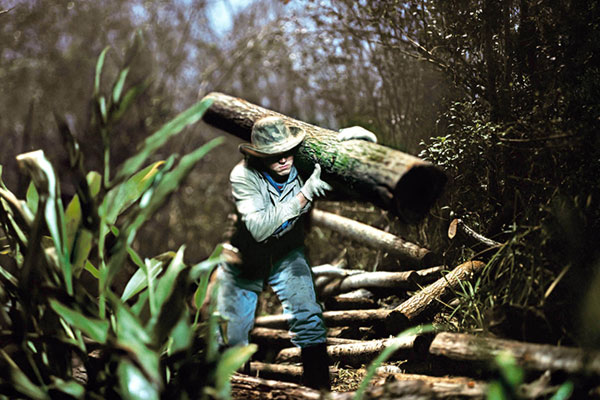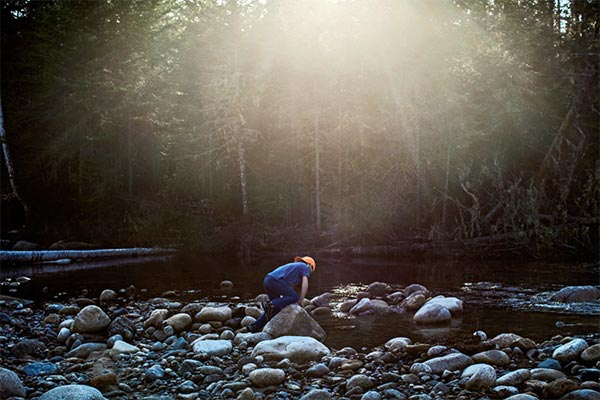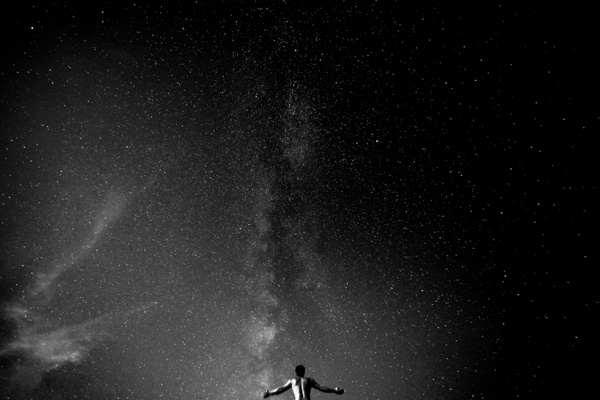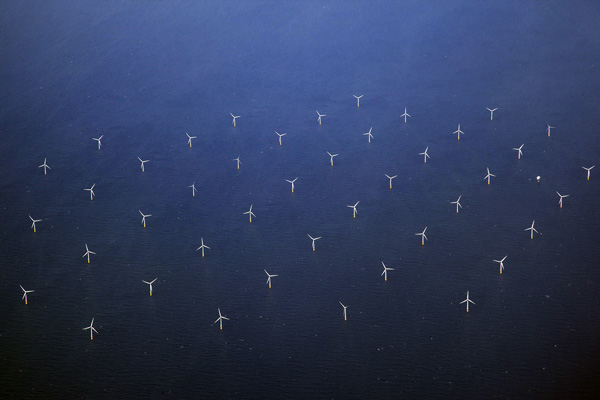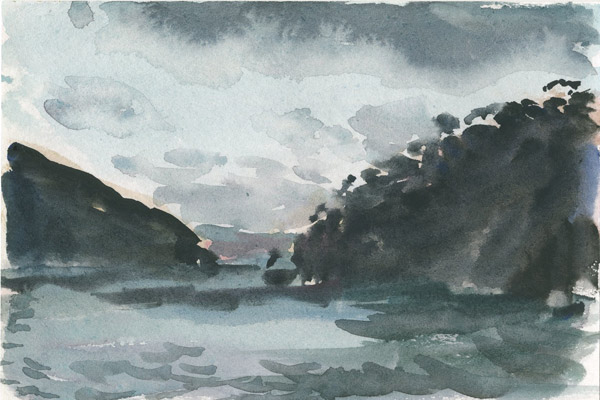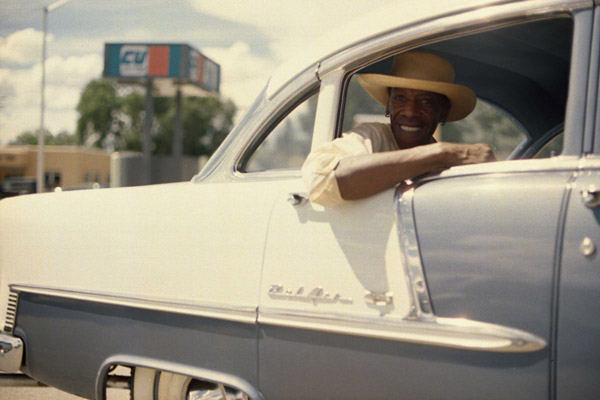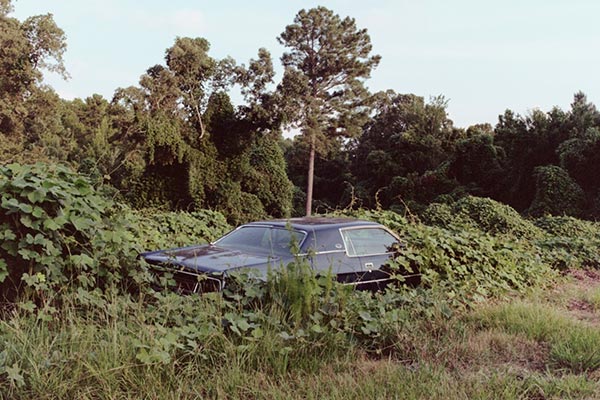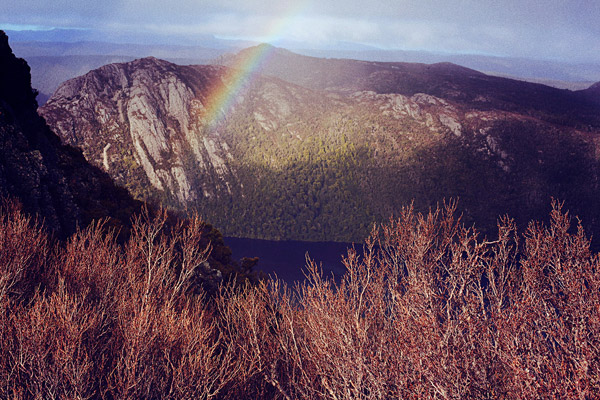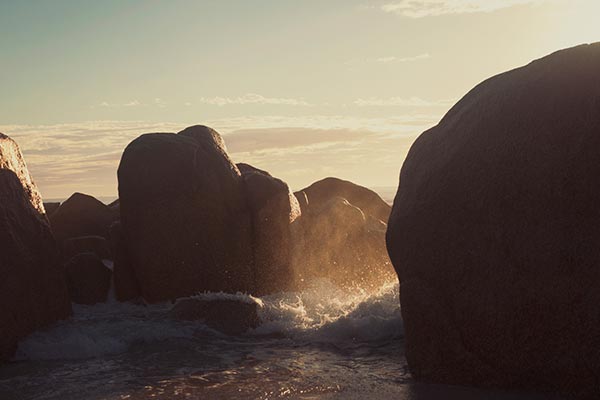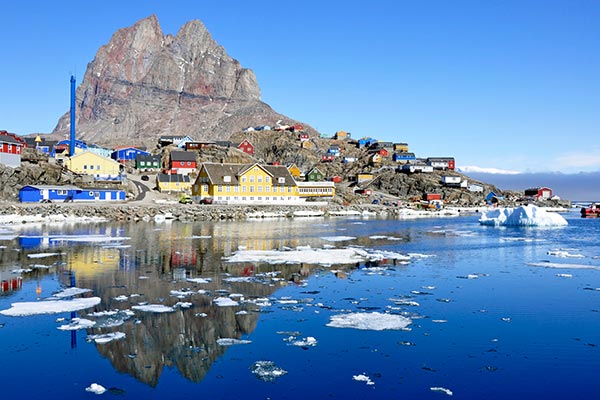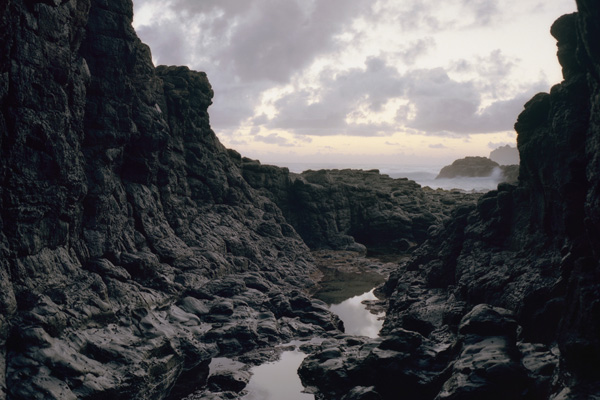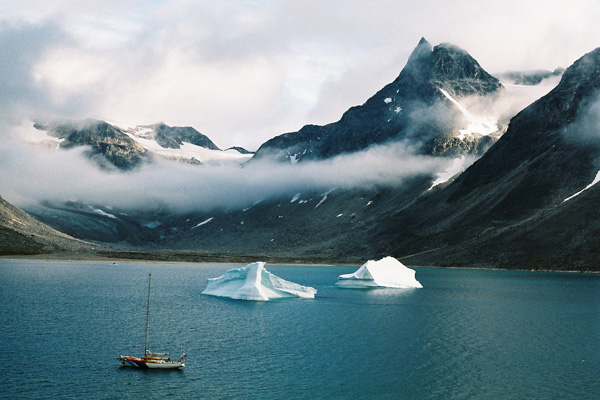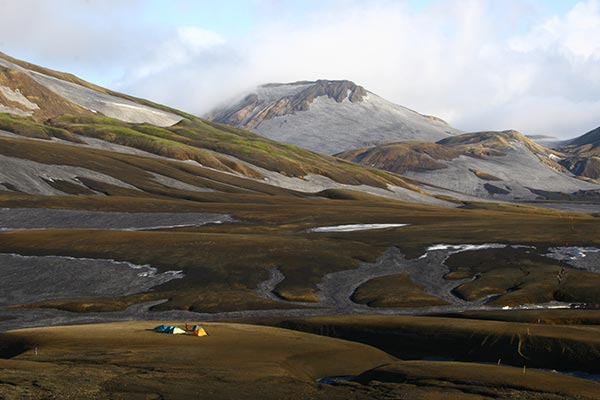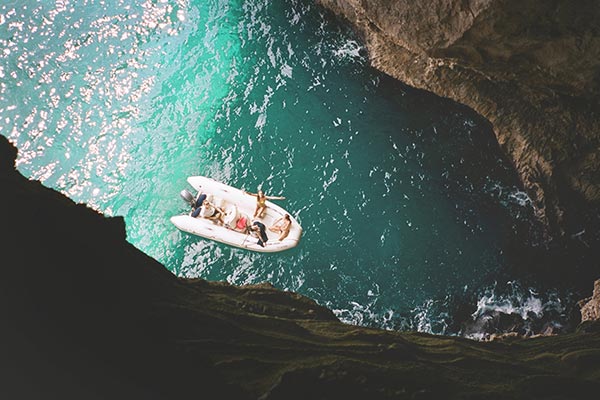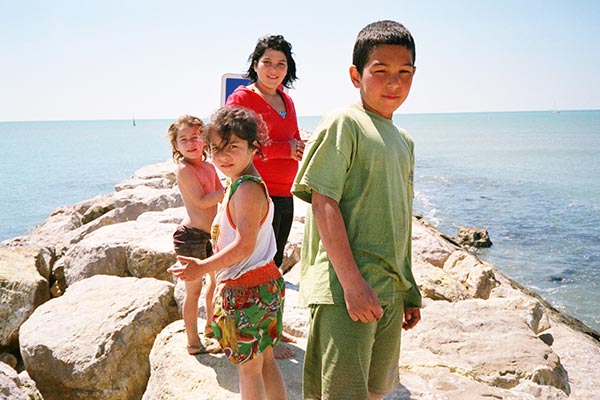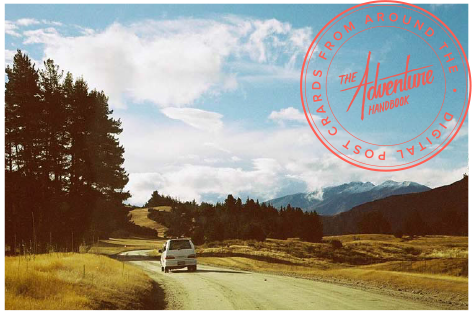Warren Kirk, known as “The Westographer”, has dedicated himself to documenting the fading Western suburbs of Melbourne for the last twenty years. With a collection spanning tens of thousands of photos, Warren has recently published a large sample of that work in Westography, released in July this year. Exploring Melbourne with his dog seven days a week, The Adventure Handbook were lucky to catch The Westographer whilst he was out shooting, shortly after the launch of his book.
You’ve been taking photos for a long time. How have your experiences over the years shaped your current work?
I started photographing in the mid-80s, black and white in those days, wandering around and doing the street photography type thing – looking for interesting scenes or juxtapositions, humour and movement.
And I had my own dark room. But I got a bit bored with all of that. Just walking and doing miles – ultimately I felt like it was a bit voyeuristic. You’d see someone and follow them in the hopes that a picture would present itself, and it felt a bit intrusive. I got more interested in the work of Walker Evans and Berenice Abbott and even though it’s a bit romantic, that great French photographer Atget – he spent years documenting Paris in the 1910s and -20s and lived a monastic sort of life, going out every day with his 8x10 camera and glass plates, and he used to make up photographic journals of his work to sell to artists.
And the penny dropped – just documenting, it could be done! There’s stuff in Australia that’s just as interesting. It’s not necessarily just Europe or America that’s visually appealing, but my very own backyard. You tend to always think it’s somewhere else, or that someone else is going to do it.
It’s not necessarily just Europe or America that’s visually appealing, but my very own backyard. You tend to always think it’s somewhere else, or that someone else is going to do it.
So I went from doing that “decisive moment” type stuff to getting myself a decent tripod and medium format Hasselblad, and moving into colour. I liked the brilliance, and wanted to turn away from black and white street photography. I started documenting old milk bars, barber shops, shoe repair places and things like that. But mainly external type stuff; I wasn’t doing it as I am now with a lot of internals and portraiture. So I was shooting on transparencies and every opportunity I could get, I would do trips all around Victoria and New South Wales, covering as much territory as I could and poking around little country towns.
I did that for 10 years or more before money became a bit tighter and I slowed down a lot. Shooting medium format transparencies you can go through hundreds of dollars a week, so adopting digital in the late 2000s gave me a whole new lease on life to go and redo a lot of the places I’d already visited around the suburbs, and also made it easier to shoot in mixed lighting conditions. You’re also not burning up heaps of film with portraiture so I got a lot more comfortable with that. It really came along at a terrific time for me because I was starting to run out of puff – financially anyway.
I’m out every day now, because I made a decision a few years ago that I was going to devote myself to this rather than look back in another 10 or 20 years with regret and go, “Oh, I should have done more of that.” I thought, “I’m just gonna do it” and grab the last of the small businesses and that sort of particular suburban malaise that I’m interested in that’s disappearing. Your old houses, your old clunker cars in the street, those gardens – all of that stuff is endangered with the modern world being what it is.
I’m out every day now, because I made decision a few years ago that I was going to devote myself to this rather than look back in another 10 or 20 years with regret and go, “Oh, I should have done more of that.”
I’m driven to create a really large body of work that I’ll leave behind. Without trying to pump myself up, I do see this work having some sort of importance in the future as a slice of time, from the late 90s until however long I go. It’s a slice of time that will only become more and more interesting visually and historically.
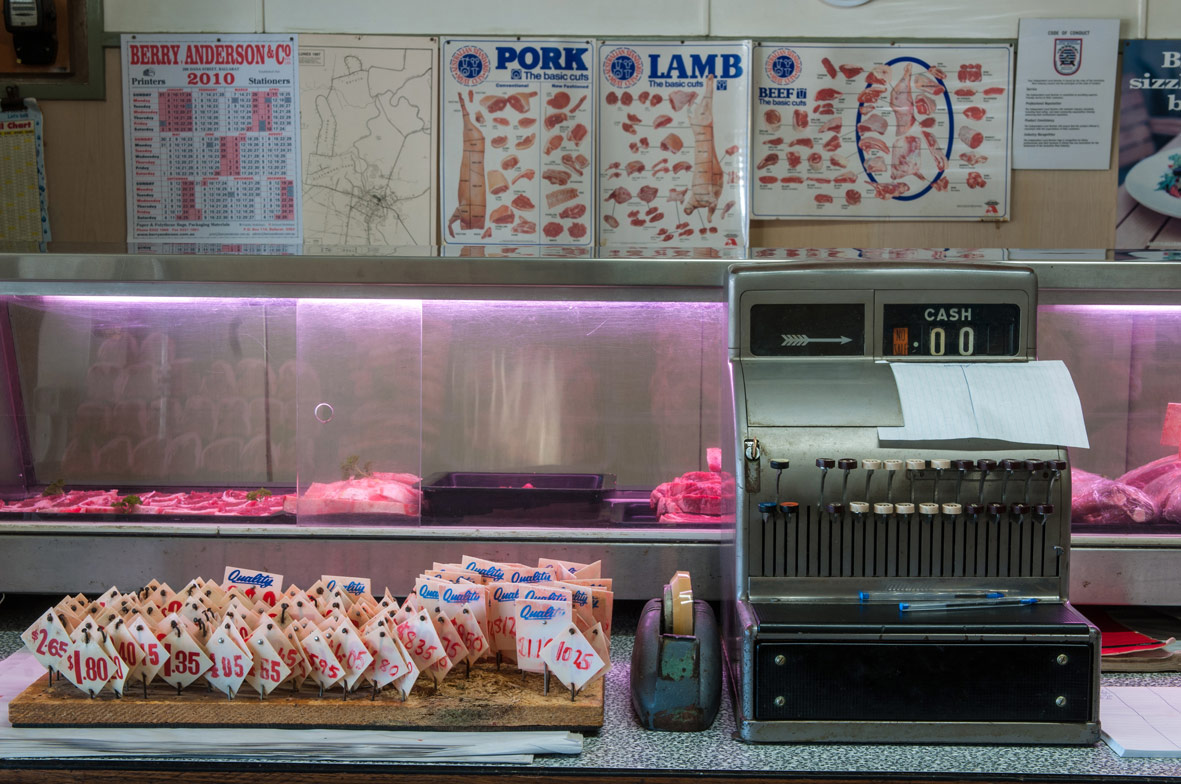
How do you find and approach people?
I’ll run into people and start chatting to them and show them what I do. Sometimes you strike out and sometimes you get lucky. There’s no hard and fast rule to it. I’m really straight with people and tell them I’m just trying to document suburbia and people’s lives.
What’s been something unexpected that you’ve come across?
It’s surprising to see a lot of people’s living spaces of a certain age – what they surround themselves with and how they decorate their houses. They’re like living museums. It’s often an incredible level of chaos and madness that they live amongst – which I can sort of relate to, because I’m a bit of a collector and not the world’s tidiest bloke.
What have you learned from the project, both in relation to Melbourne, and yourself?
Doing the legwork and getting to know the people so they can allow you to photograph them in whatever context – it takes a bit of effort. So I suppose one of the things is that you need to persevere and persist. You can have a few days or even a week where not much is happening and the little voice in your head starts going, “Ah, it’s all over, you’ve run out of luck.” And then you hit a nice little vein of gold again, like prospecting.
You’ve gotta just get out and do it, and some days, some weeks even, it’s crap. Your energy levels aren’t that great or you’re just going through the motions, but I keep on persevering and I think that’s one of the secrets to it.
There’s that saying – not that I’m saying I’m a genius – but there’s that saying that genius is 10% inspiration and 90% perspiration. You’ve gotta just get out and do it, and some days, some weeks even, it’s crap. Your energy levels aren’t that great or you’re just going through the motions, but I keep on persevering and I think that’s one of the secrets to it. I am surprised at how things serendipitously pop themselves up in front of me but it’s not like it’s every single moment of every single day.
I’ve also learned the hard way to never trust the weather – you look up at the sky and go, “today’s going to be terrific”, and then half an hour later it’s suddenly clouds rolling in. You should never think that the weather’s going to be exactly what you imagine in your head.
Lastly – if you see it, get it then and there. You can say, “oh, I’ll come back tomorrow”, but even tomorrow a car can be parked in front of that house that you wanted to photograph, or the weather’s not as good, or they’ve painted it that very day, or some arsehole’s tagged the fence. You see it – get it. Do not put it off.
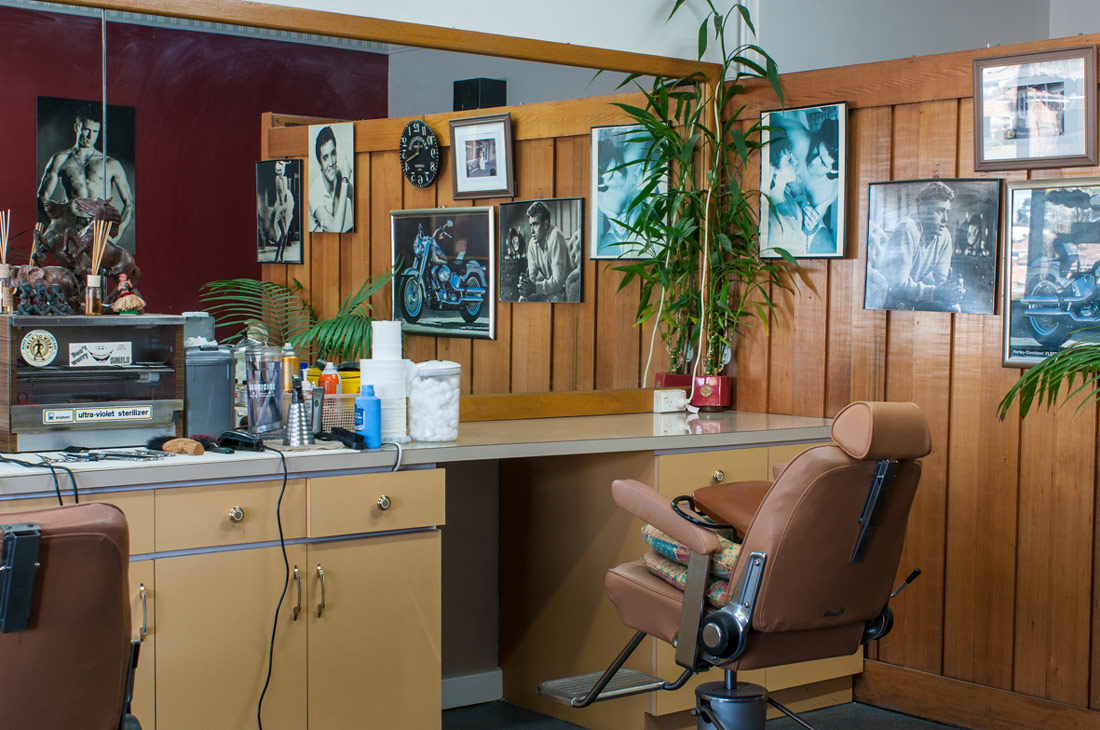
That’s very sound advice for a photographer.
I’ve burnt myself a few times: “I can’t find a park”, or “it’s all too hard”; I’ve had a few regretful moments where I knew I should have bloody turned around. So never delay. I guess “never delay” is what I’m doing in general – rather than thinking, “there’s going to be a perfect time when I can devote my time and energy to this”, I’m thinking, “the perfect time is now”. It’s not five years from now when I get myself organised or whatever – that time never comes. As far as I’m concerned, you have to make it happen, and I’ve just decided to make it happen now, rather than thinking there’s going to be a time when the heavens open up for me and present it to me on a plate. That’s bullshit. You’ve got to make a decision and then everything else falls into line.
What does adventure mean to you?
Meeting people and going into places I’ve never been before – that’s an incredible adventure for me. That’s why I keep doing what I’m doing. I can walk through a door and into a world I didn’t even know existed a minute before. When you’re in a different environment you’re not weighed down by all your normal day-to-day stuff.
I can walk through a door and into a world I didn’t even know existed a minute before. When you’re in a different environment you’re not weighed down by all your normal day-to-day stuff.
How do you see “Westography” continuing on into the future?
I’ll just keep going for as long as I can find stuff, as long as I can see through the viewfinder. I’m sure it will change in some fashion but unless something radical happens I can’t see myself adopting a whole new thing. I say to people that I’m a one trick pony, that I’ve probably only got about six different photos in me: people in their living spaces, people and their cars, people in their streets. Pretty much I’m just repeating myself over and over again. But I’m still inspired to do it, because it’s just exploring. It’s amazing how you can drive up and down the same street and suddenly see something that you’ve never seen before. Every day can be a discovery. That’s the joy of it.
Check out The Westographer’s extensive collection of photos here
All images by The Westographer. Interview by Anne Moffat for AHB.
Receive a postcard from us sign up

